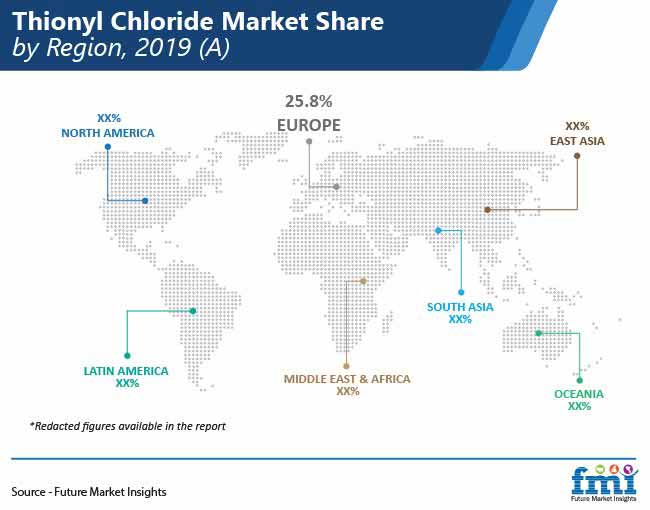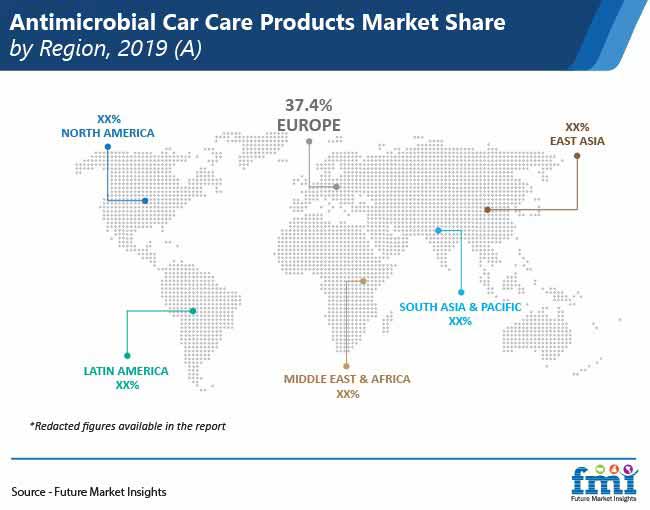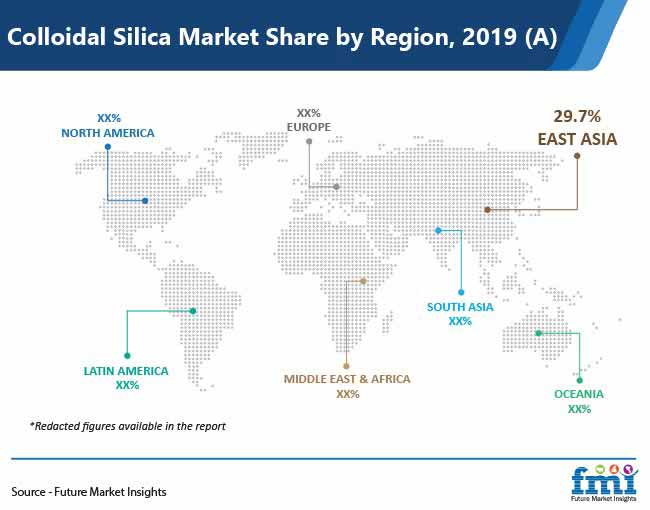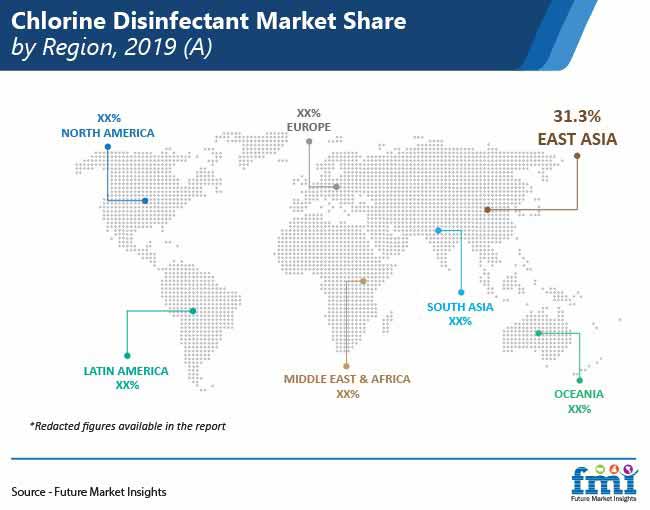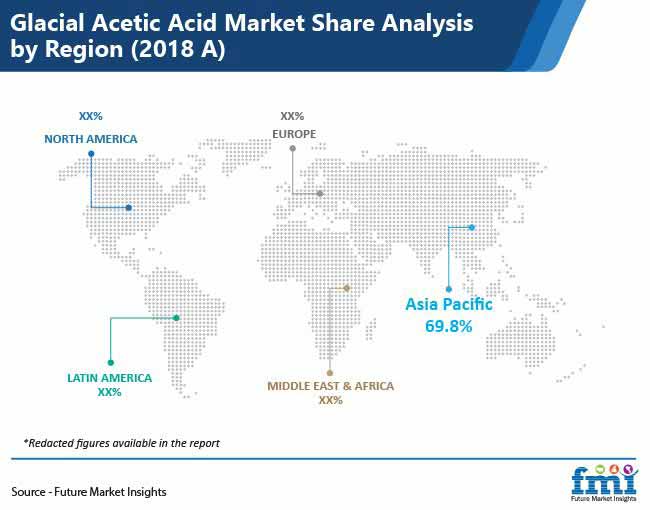Thionyl chloride is used in various end-use industries such as agrochemicals, pharmaceuticals, dyes & pigments, and organic synthesis. Rising adoption of pesticides in developing countries and developments in the pharmaceutical industry are expected to drive the growth of the thionyl chloride market over the forecast period. Heightening concerns related to water treatment are likely to further fuel its growth engine in the near term.
According to a latest report by FMI, the global thionyl chloride market is expected to reach a valuation of US$ 688 Mn by 2030.
However, a majority of end users of thionyl chloride are facing a massive slowdown due to the coronavirus (COVID-19) pandemic. This is substantially widening the supply-demand gap, and, as such, straining the revenue pool of the thionyl chloride market. Further, China – the epicenter of the pandemic – is characterized by a strong foothold of thionyl chloride manufacturers. The government has enacted large-scale lockdowns, resulting in short-term manufacturing and logistics paralysis.
Request a sample to obtain authentic analysis and comprehensive market insights at- https://www.futuremarketinsights.com/reports/sample/rep-gb-4601
“Thionyl chloride plays a vital role in manufacturing pharmaceuticals products. The compound is an industrially-produced liquid used to make acyl chlorides and synthesize pharmaceuticals, including drugs and vitamins. Growth of the pharmaceutical industry has a significant impact on the thionyl chloride market.”
Key Takeaways of Thionyl Chloride Market Study
- Consumption of thionyl chloride would remain prominent in manufacturing pharmaceuticals. Thionyl chloride is used in the production of a wide range of pharmaceutical products, including isocarbophos, indomethacin, vitamin A, sumicidin, propargite, and tetramisole hydrochloride. Further, manufacturers are targeting the agrochemical industry for relevant returns.
- Europe holds a prominent share in global thionyl chloride market; East Asia would reflect worthwhile prospects, owing to the presence of key agrarian countries and subsequent advancements in the pharmaceutical industry.
- Thionyl chloride is also used in the production of lithium thionyl chloride batteries. The adoption of lithium thionyl batteries is increasing, given its benefits such as high voltage, high safety, wide temperature range, low currents, passivation of battery, and its bobbin-like structure.
Discover more about report analysis with figures and data tables, along with the table of contents. Ask an Analyst- https://www.futuremarketinsights.com/ask-question/rep-gb-4601
Market Landscape: Fairly Consolidated
The global thionyl chloride market is fairly consolidated, owing to a limited number of players operating in the market. The top nine players account for around half of the total market revenue. Manufacturers are focusing on strengthening their partnerships with end users and government entities. The market is dominated by Chinese players. Key players such as Lanxess AG, Transpek Industries Ltd., CABB Group, Sigma Aldrich Co. LLC, Shandong Kaisheng New Materials Co. Ltd., Angene International Limited, Jiangxi Selon Industrial Co. Ltd., ChemTik, Aurora Fine Chemicals LLC, and others are focusing on marking their direct presence in local markets.
Contact Sales for Further Assistance in Purchasing this Report- https://www.futuremarketinsights.com/checkout/4601
What Does the Future Hold?
The global thionyl chloride market is expected to grow at a moderate pace over the forecast period on account of increasing application in pharmaceuticals and agrochemicals industries in developing regions. Moreover, increasing use of thionyl chloride in the production of batteries is expected to fuel the growth of the market. Preference for thionyl chloride over other reagents is further anticipated to bolster the market in the foreseeable future. Production of thionyl chloride is preferred by the sulfur trioxide route, and the trend is projected to continue during the forecast period.
Contact Us:
Future Market Insights
Unit No: AU-01-H Gold Tower (AU), Plot No: JLT-PH1-I3A,
Jumeirah Lakes Towers, Dubai,
United Arab Emirates
For Sales Enquiries: sales@futuremarketinsights.com
For Media Enquiries: press@futuremarketinsights.com
Website: https://www.futuremarketinsights.com
